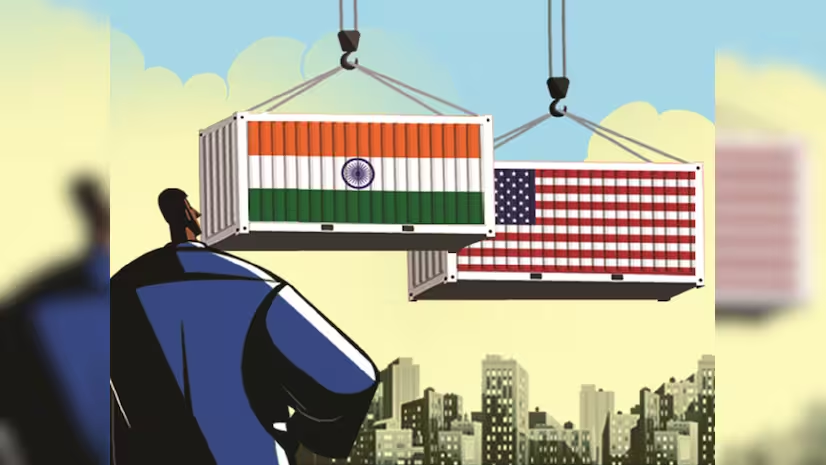
As the US imposes steep tariffs of up to 145% on Chinese goods, India emerges as an attractive alternative for American imports, with significantly lower tariffs averaging 27%. This shift presents key opportunities for India’s electronics, automotive, chemical, and pharmaceutical sectors. Global giants like Apple choosing India for iPhone manufacturing highlight this trend, and sectors like soybean and cotton exports could also benefit if China reduces imports from the US.
India’s stronghold in IT and software services may see a demand boost as global supply chains recalibrate. However, challenges remain. India is heavily dependent on Chinese imports for raw materials and components. Higher tariffs on Chinese goods could increase costs for Indian manufacturers, especially smaller players already burdened by issues like poor logistics, lack of skilled labor, and legal delays.
Additionally, India faces tough competition from countries like Vietnam, which are also positioning themselves as alternatives to China. With temporary tariff relaxations possibly ending in 90 days, India must focus on structural reforms and improving infrastructure to capitalize on the shifting global trade landscape.